Table of Contents
- 1. Learn Python, data science tools, and machine learning concepts
- 2. Learn data analysis, manipulation & visualization with Pandas, NumPy, Matplotlib
- 3. Machine learning with scikit-learn
- 4. DeepLearning on Neural networks
- 5. Extra curriculum & books
- Links to learning sources

1. Learn Python, data science tools, and machine learning concepts
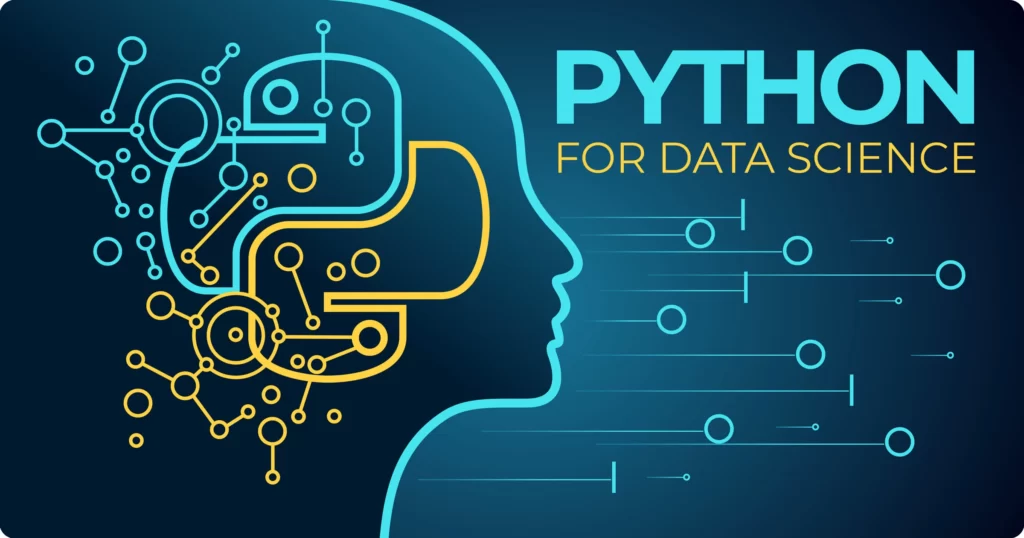
Learning python is an important part of Data Science and Machine learning. While learning python you must also practice using data science tools such as Jupyter and Anaconda. Spend a few hours tinkering with them. How these tools work, what they are, and how you can best utilize them for your tasks.
Links to learning sources
- Elements of AI– This is all about the overview of Machine learning and Artificial Intelligence concepts
- Learn Python for Everybody on Coursera – Learn Python from scratch with all basic concepts.
- Learn Python for free – This course will give you a full introduction to all of the core concepts in python.
- Anaconda Tutorial- Anaconda is a data science platform that comes with a lot of useful features right out of the box. Many people find that installing Python through Anaconda is much easier than doing so manually. Also, we will look at Conda. Conda is Continuum’s package, dependency, and environment manager.
- Beginners Tutorial for Jupyter Notebook by Dataquest- Installing and running a Jupyter notebook
- Beginners Tutorial on Python from Udemy for Free- This course was created for Data Science, AI, ML, DL, Automation Testers, Big Data
2. Learn data analysis, manipulation & visualization with Pandas, NumPy, Matplotlib
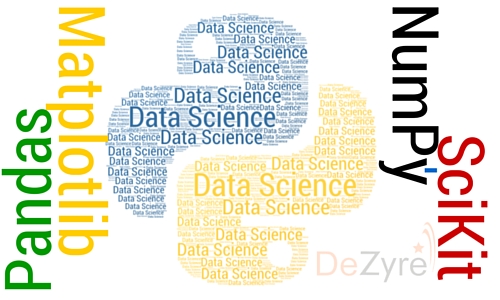
After getting some skills learning from python. You would like to learn how to extract data, manipulate data and work with the data. For those skills, you have to work with Pandas for DataFrame, Numpy for numerical, and for visualization Matplotlib.
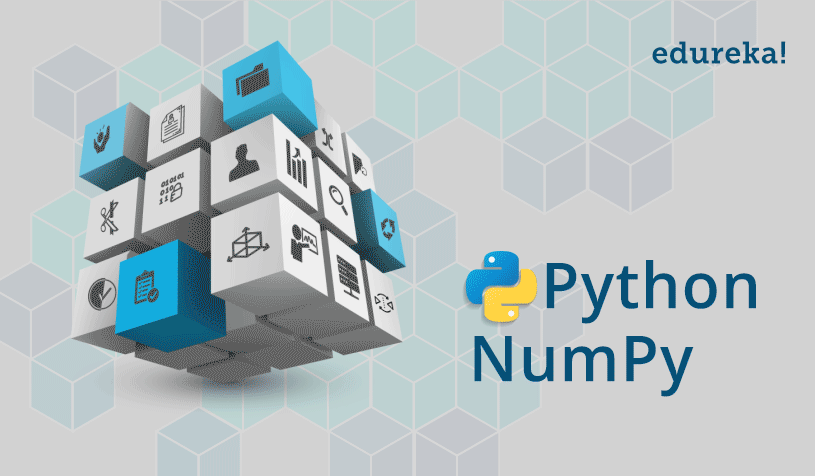
Pandas will help you work with data frames, these are tables of information like you would see in an Excel file. Think rows and columns. This kind of data is called structured data.
NumPy will help you perform numerical operations on your data. Machine learning turns everything you can think of into numbers and then finds the patterns in those numbers.

Links to learning sources
- Applied Data- Science with python on Coursera- Start updating your skills on Python skills towards data science.
- Learn Pandas in 10 minutes- It is a quick review of Pandas Library and some of the important functions.
- Pandas Tutorial from codebasics- This youtube series is going through all of the major capabilities of Panda.
- Numpy tutorial from codecamp- Learn the basics of the NumPy library in this tutorial for beginners. It provides background information on how NumPy works and how it compares to Python’s Built-in lists. This video goes through how to write code with NumPy. It starts with the basics of creating arrays and then gets into the more advanced stuff. The video covers creating arrays, indexing, math, statistics, reshaping, and more. GitHub
- Tutorial on Matplotlib by sentex– In this series is going to be covering most aspects to the Matplotlib data visualization module. Matplotlib is capable of creating most kinds of charts, like line graphs, scatter plots, bar charts, pie charts, stack plots, 3D graphs, and geographic map graphs.
3. Machine learning with scikit-learn

Now you’ve got the skills to manipulate and visualize data, it’s time to find patterns in it.
scikit-learn is a Python library with many helpful machine learning algorithms built-in and ready for you to use.
It also features many other helpful functions to figure out how well your learning algorithm learned.
Focus on learning what kind of machine learning problems there are, such as classification and regression, and what kind of algorithms are best for those. Don’t about understanding each algorithm from scratch yet, learn how to apply them first.
Links to learning sources
- Data school provides machine learning in scikit learn course– It provides some examples of machine learning, and explains at a high level how machine learning “works”.
- An introduction to Exploratory Data analysis by Daniel Bourke- It’s time to put what you have learned into a project and document it thoroughly and participate in the Kaggle competition.
- Exploratory Data analysis with scikit learn by Daniel Formoso- a more in-depth version of the resource above, comes with an end-to-end project using the above.
4. DeepLearning on Neural networks
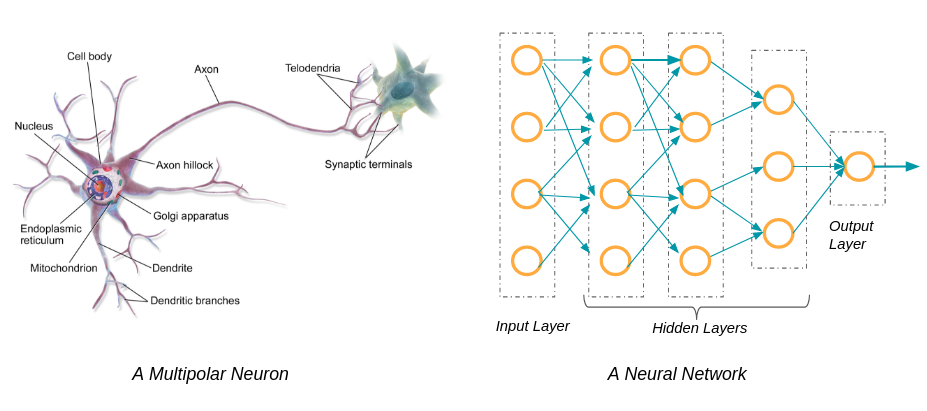
Deep learning and neural networks work best on data without much structure.
Dataframes have structure, images, videos, audio files, and natural language text have structure but not as much.
Links to learning sources
- Andrew Ng courses on Coursera about DeeplLearning– If you want to break into AI, this Specialization will help you do so. Deep Learning is one of the most highly sought-after skills in tech. We will help you become good at Deep Learning.
- DeepLearning fast.ai courses by Jeremy Howard- A practical hands-on approach to deep learning taught by one of the industry’s best practitioners.
5. Extra curriculum & books
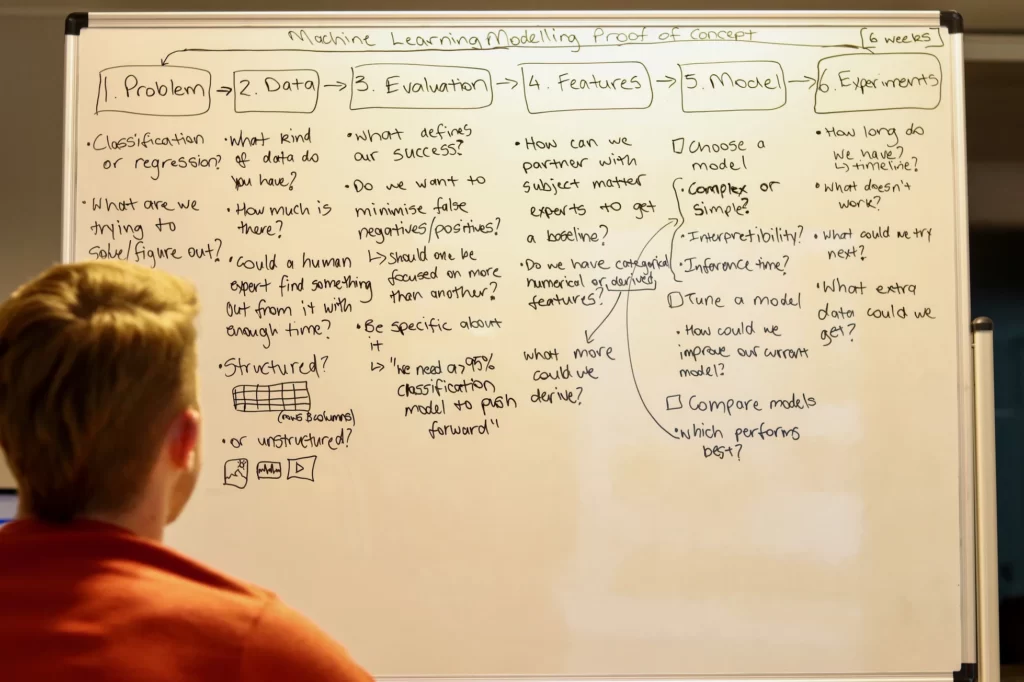
Along the way, it would be ideal if you practiced what you were learning with small projects of your own. These don’t have to be elaborate world-changing things but something you can say “I’ve done this with X”. And then share your work via Github or a blog post. Github is used to showcase your code, a blog post is used to show how you can communicate your work. You should aim to release one of each for every project.
The best way to apply for a job is to have already done the things it requires. Sharing your work is a great way to showcase to a potential future employer what you’re capable of.
After you’re familiar with using some of the different frameworks for machine learning and deep learning, you could try to cement your knowledge by building them from scratch. You won’t always have to do this in production or in a machine learning role but knowing how things work from the inside will help you build upon your own work.
Links to learning sources
- The way to start your own machine learning projects- Starting a new project is very hard for anything and for the newly learned topic it’s critical. this article will give you pointers on which you should work.
- Learning the foundations of fast.ai from Jeremy Howard- once you’ve gone top-down, this course will help you fill in the gaps from the bottom up.
- Grokking Deeplearning by Andrew Trask- this book will teach you how to build neural networks from scratch and why you should know how to.
- The books in this video will help you to get machine learning knowledge- the YouTube video goes through some of the best books on machine learning.


Pingback: Marketing Analytics - Analytics Smart